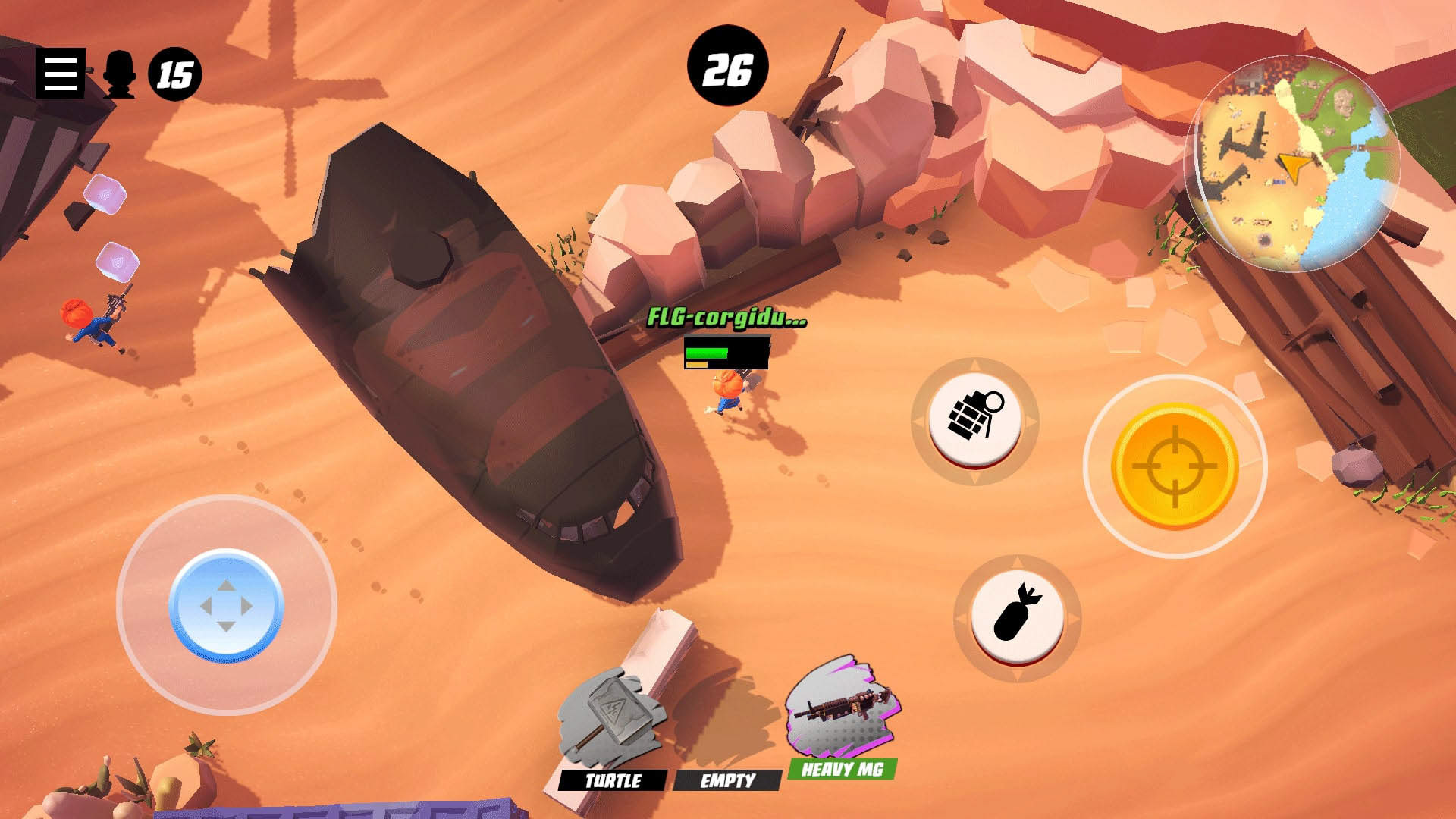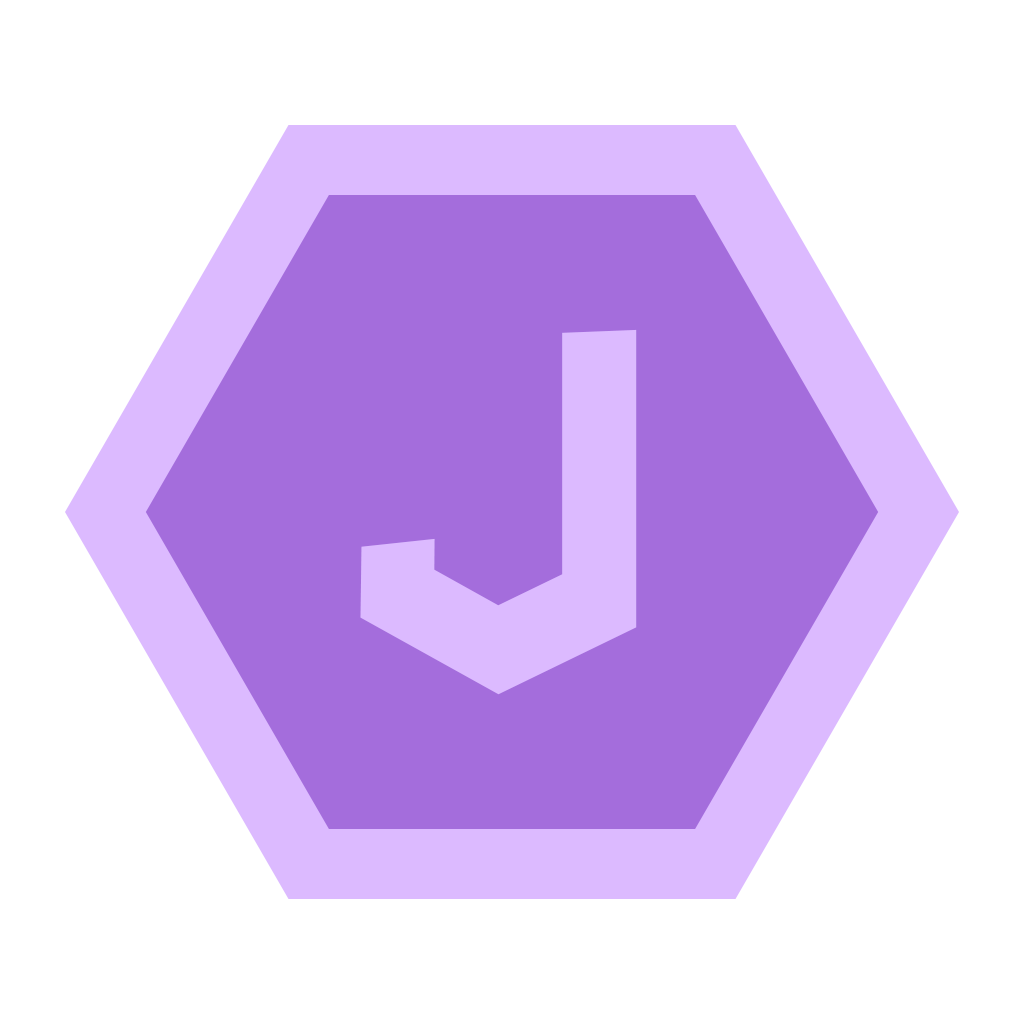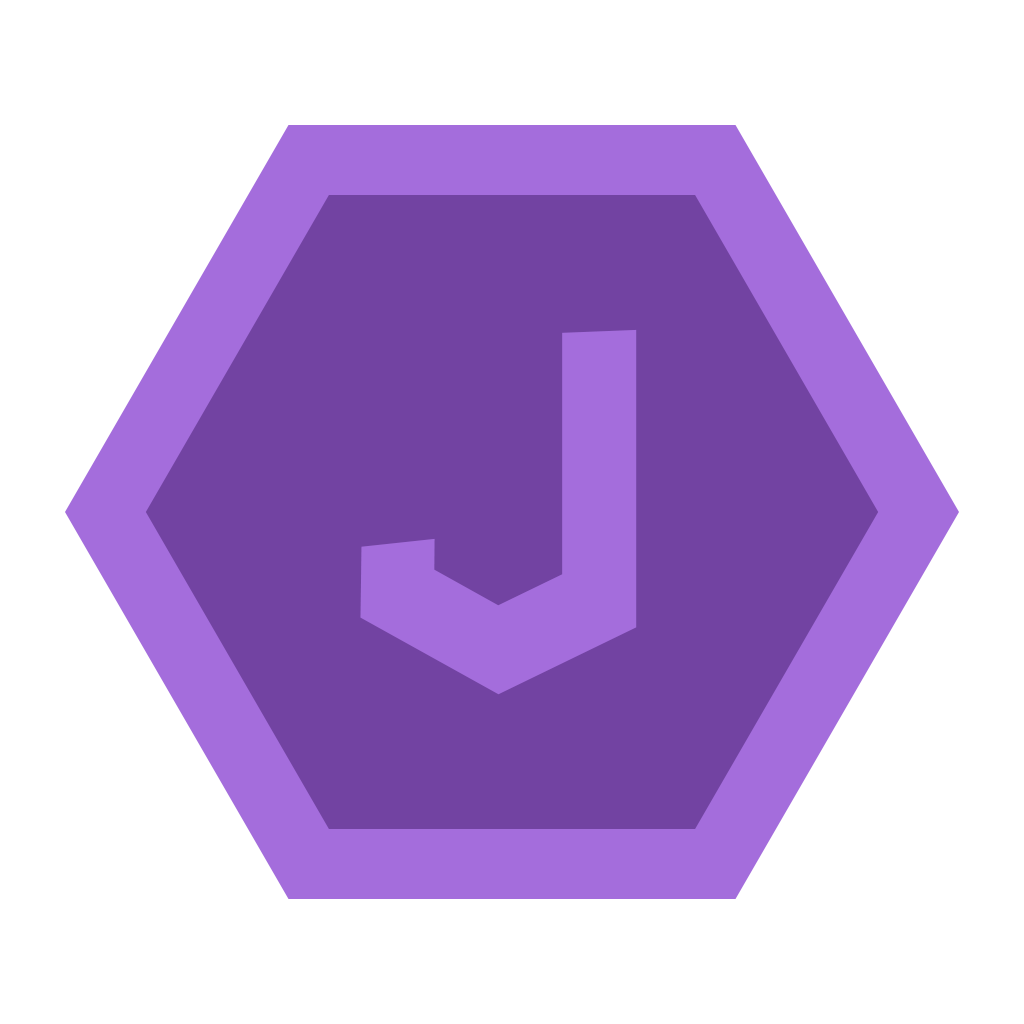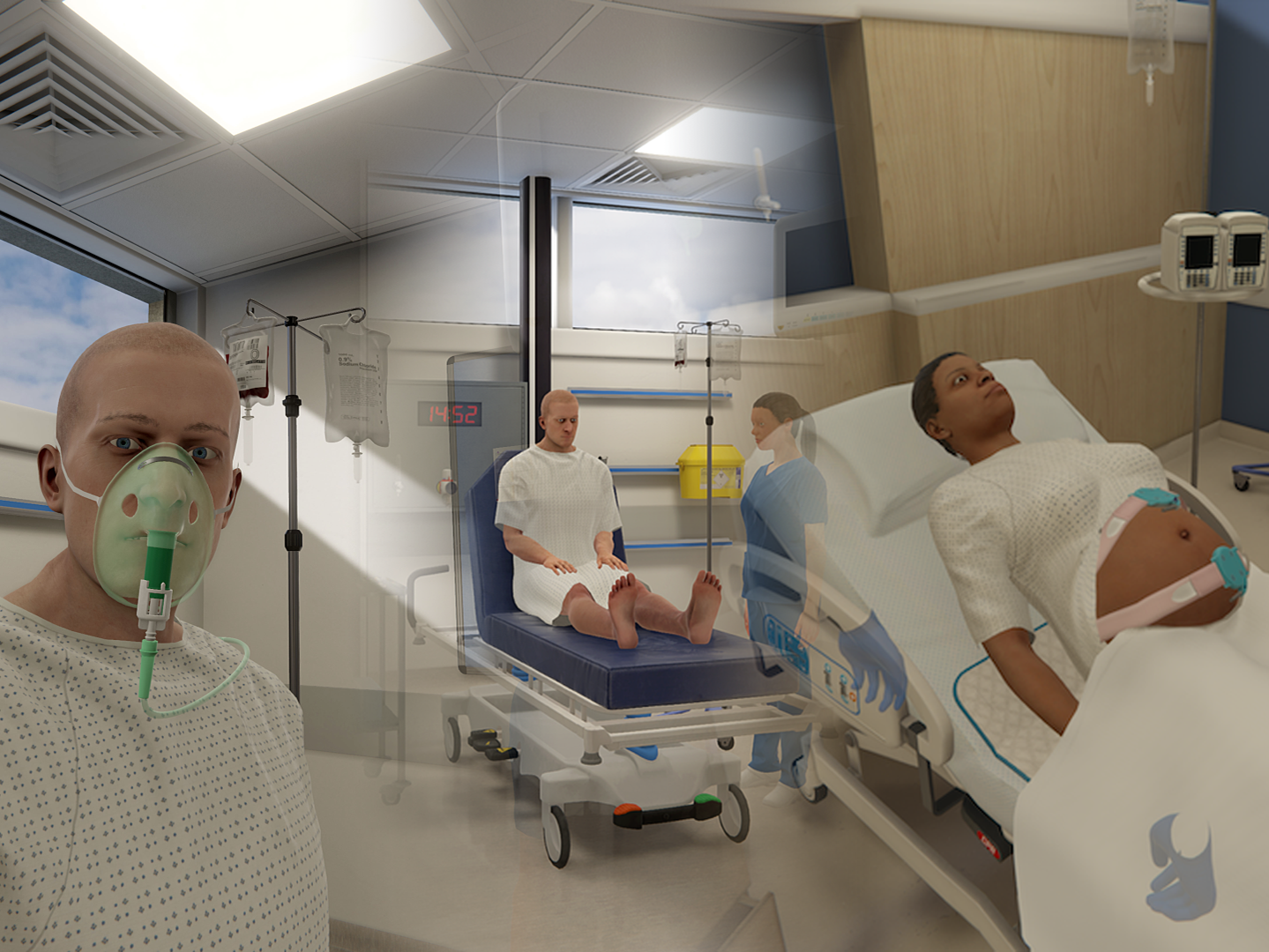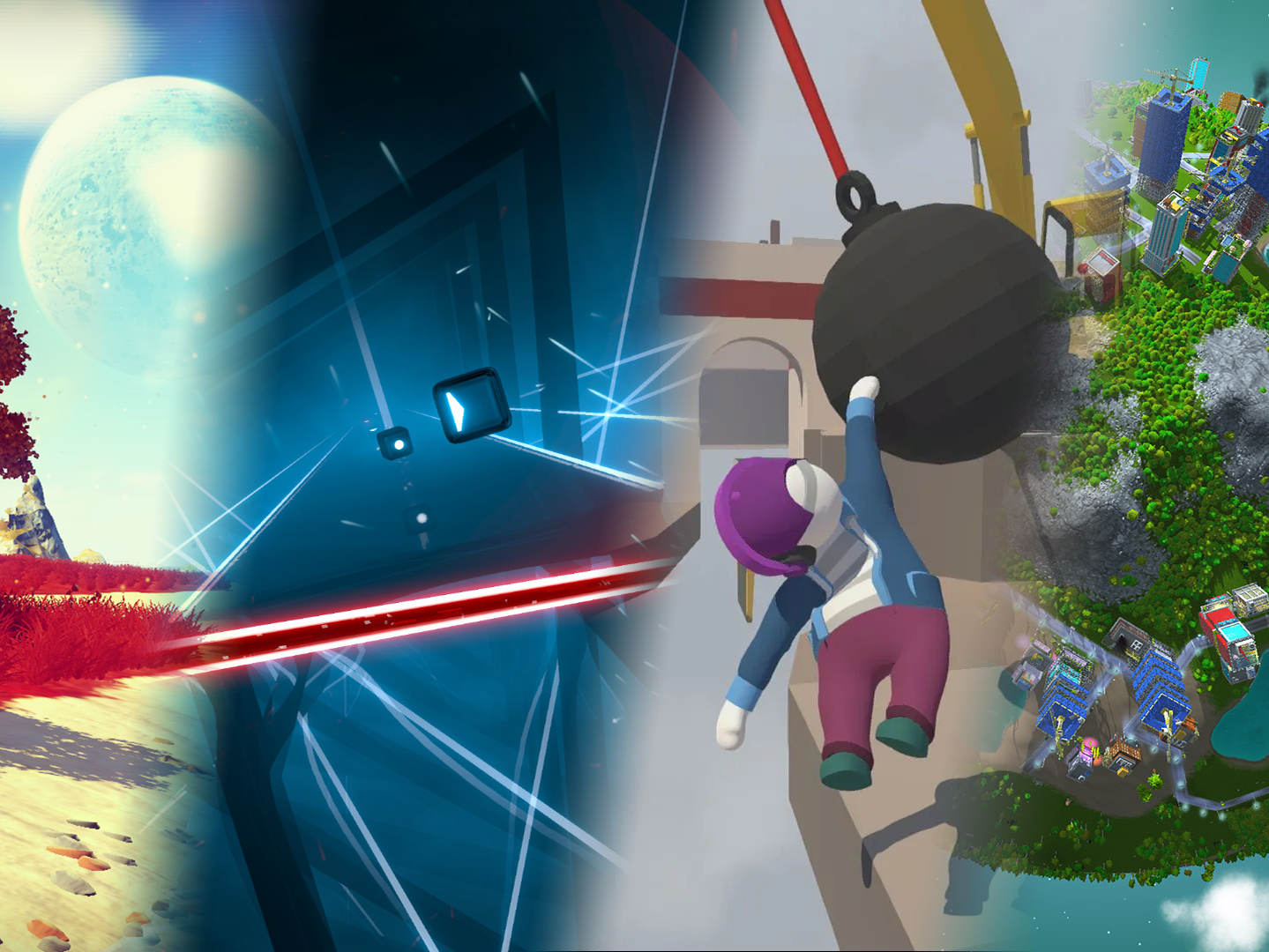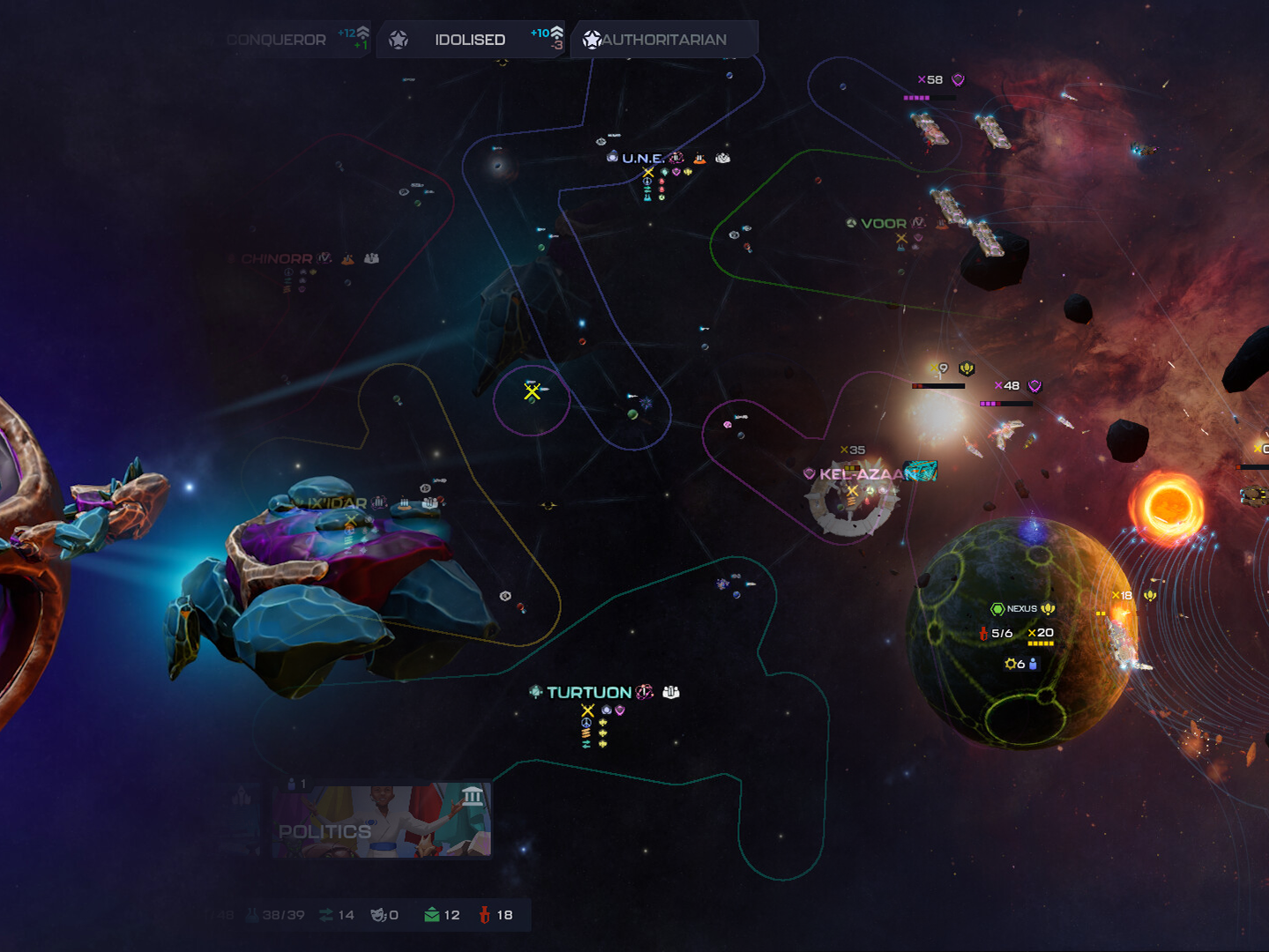At First Light Games my role as a Senior QA Engineer involved multiple responsibilities whilst working on debut title Blast Royale. These included: managing, developing and testing in tandem with each other.
As the most senior member of the QA team, I was responsible for the overseeing the entire QA department. I supervised and led a small team of testers: providing personal support, mentoring and professional development, assigning tasks and deadlines, managing workflows, and acted as a point of contact to enhance communication between departments.
Production was also involved in my duties - setting up a Jira project from scratch and managing flows were key components of my role. I developed a custom workflow from scratch for tickets: epics, tasks, sub-tasks, bugs, stories, etc. with the main priority focusing on the issues for bugs and surrounding QA. Maintaining these workflows, making improvements, and managing tickets through the pipeline was also controlled - triaging new tickets created by testers and developers to ensure the correct information is included and sending them to the correct status kept work flowing smoothly.
Documenting these changes and sharing any new information with the team was also required: detailing writing bug reports, completing bug regressions, explaining each status of the QA workflow and how each intertwine with others, and minor documents on standard practices for the department.
Analysing data was an important aspect of my job during QA-centred sprints, by using Jira and other tracking software to compile the progression of tickets and the status of active issues I could format that data into a readable form for other departments to understand to ensure clear communication which achieved the highest quality we could produce in the deadlines we had.
With a large community present, I often communicated and coordinated with the community management team to ensure that any reported issues were forwarded to the QA team so that the issue could be reproduced and added to the database if reliable steps could be found. Using this to our advantage, I worked with the community team to incentivise reporting any problems using social media and even created a bug bounty by rewarding particularly diligent users who wanted to provide their help.
As a QA engineer, a major component of my role was working on test automation. Creating a streamlined approach to testing, builds and test plans with minimal human intervention. Primarily using in-engine custom-built tools and third-party apps such as Selenium ensured test cases could be verified on a simple test run and providing an extra layer before new builds are released to the QA team as broken or faulty builds can cause a major time delay.
In addition to these responsibilities, I could also use my skills as an experienced QA tester by doing manual functionality testing, setting an example to the team regarding the quality of reports and testing methodologies, and forwarding relevant issues to the dev team.
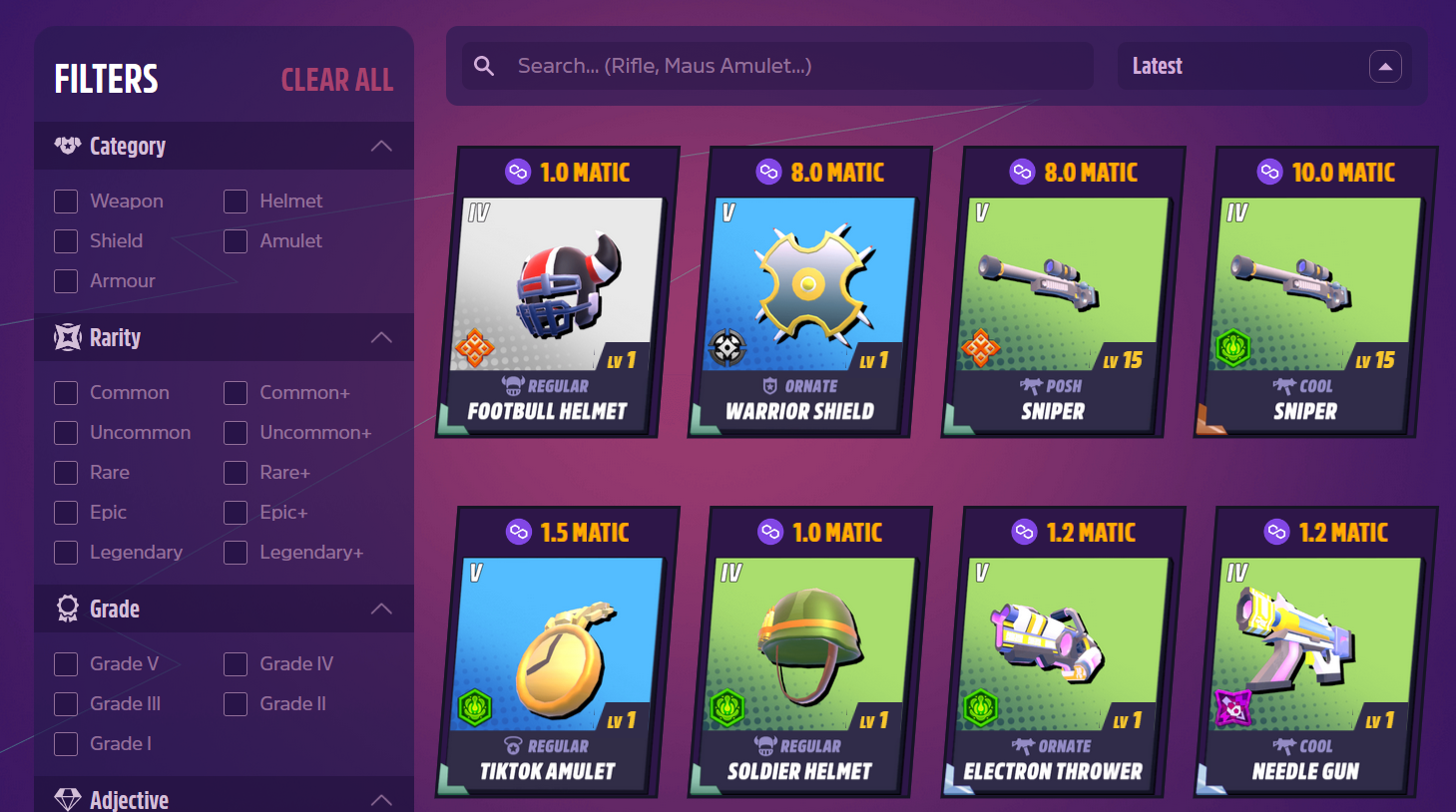
The NFT Marketplace "Blasthub"
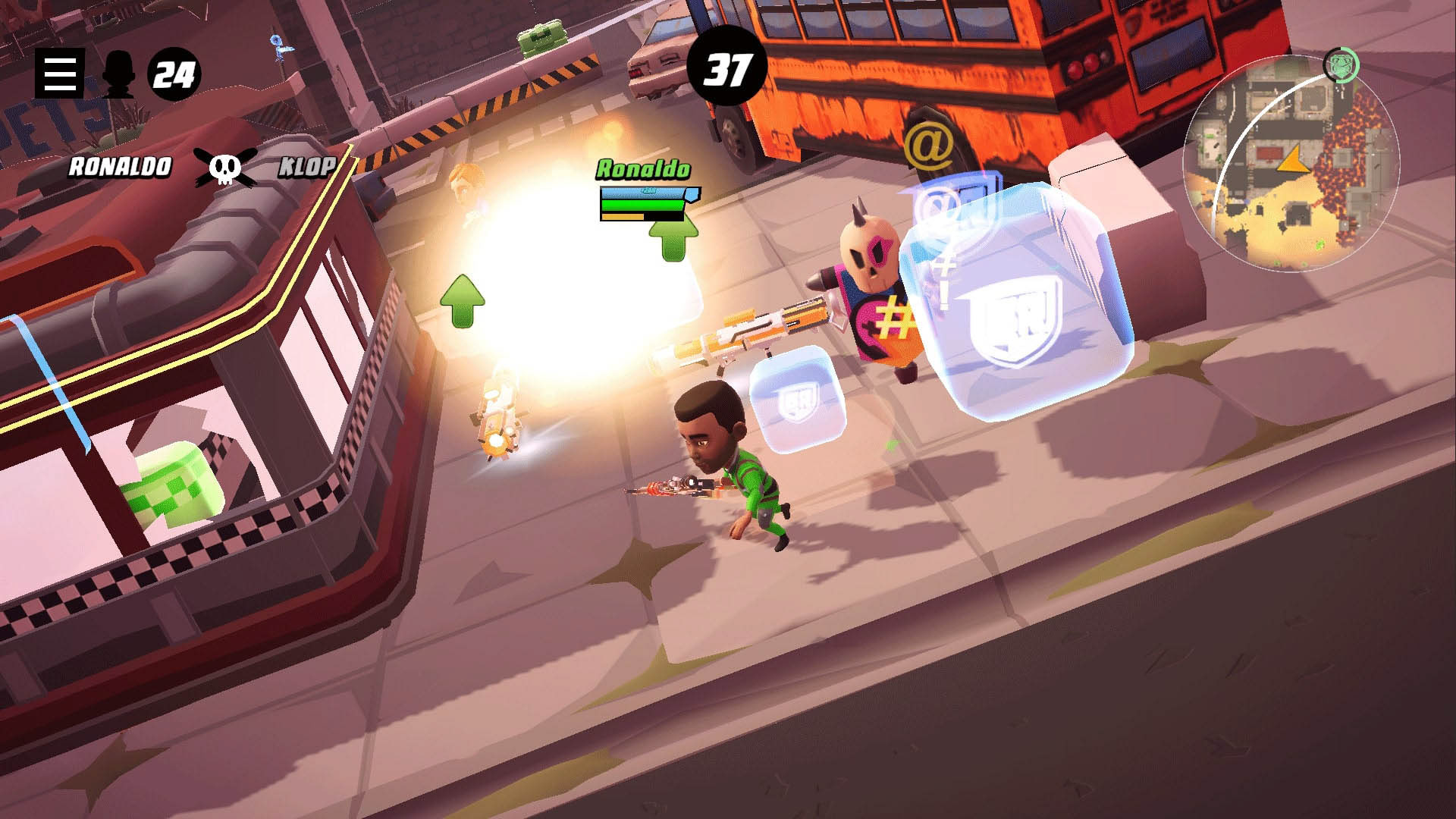
Gameplay as a spectator
